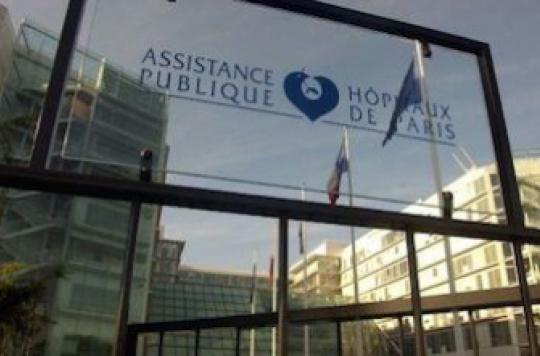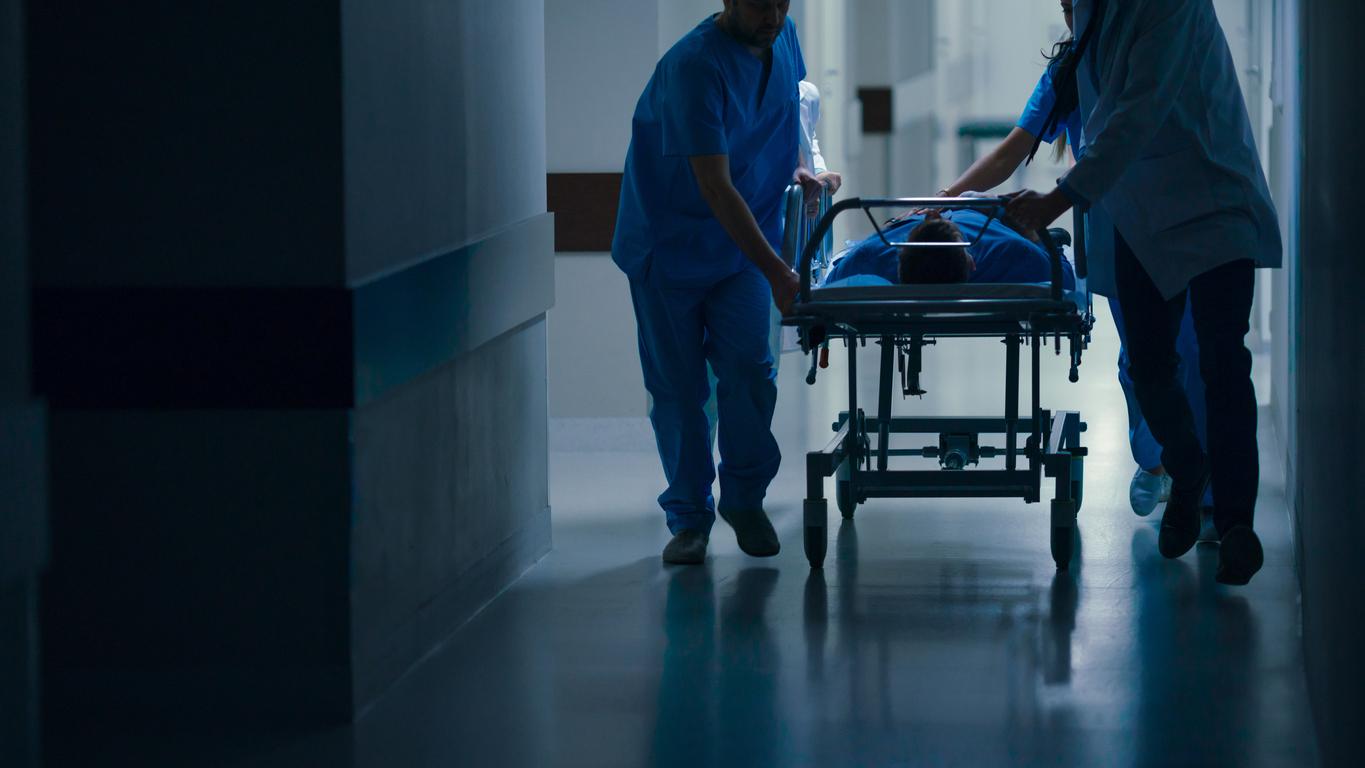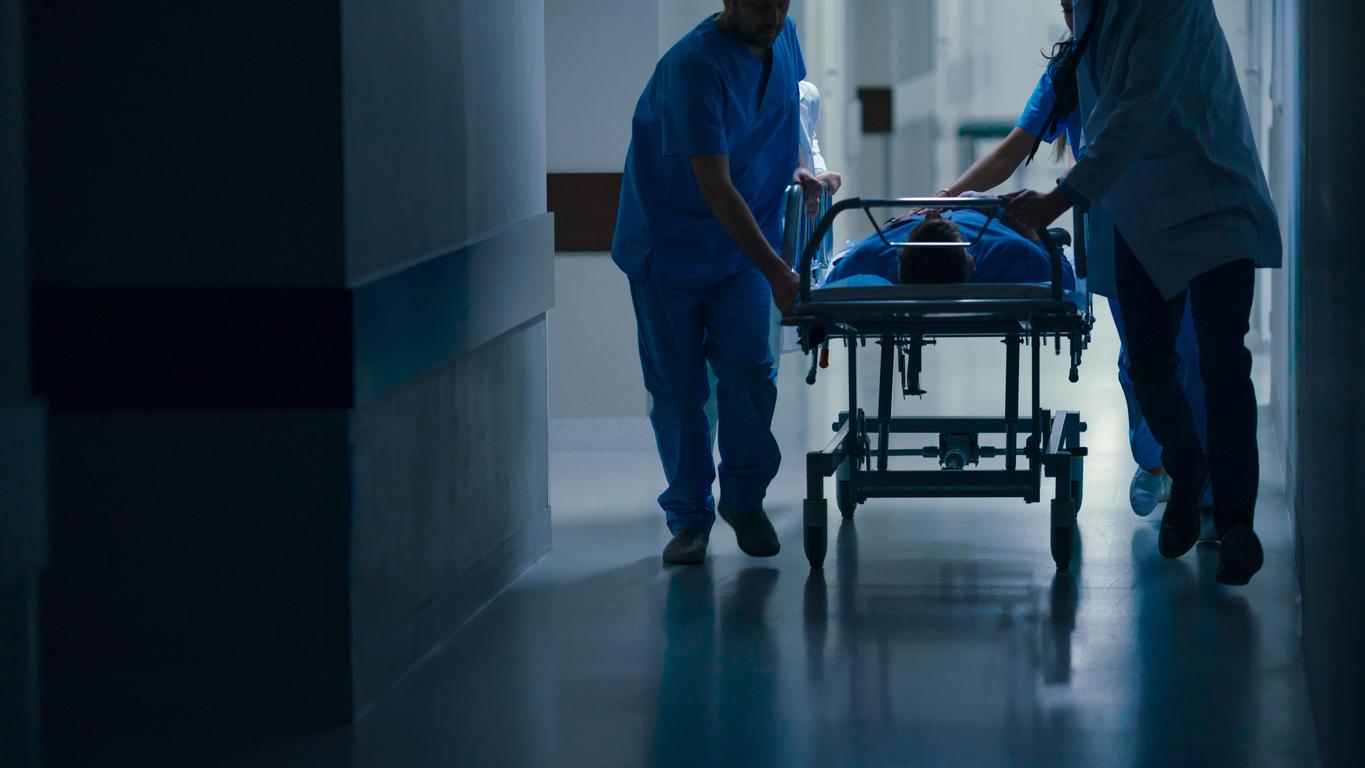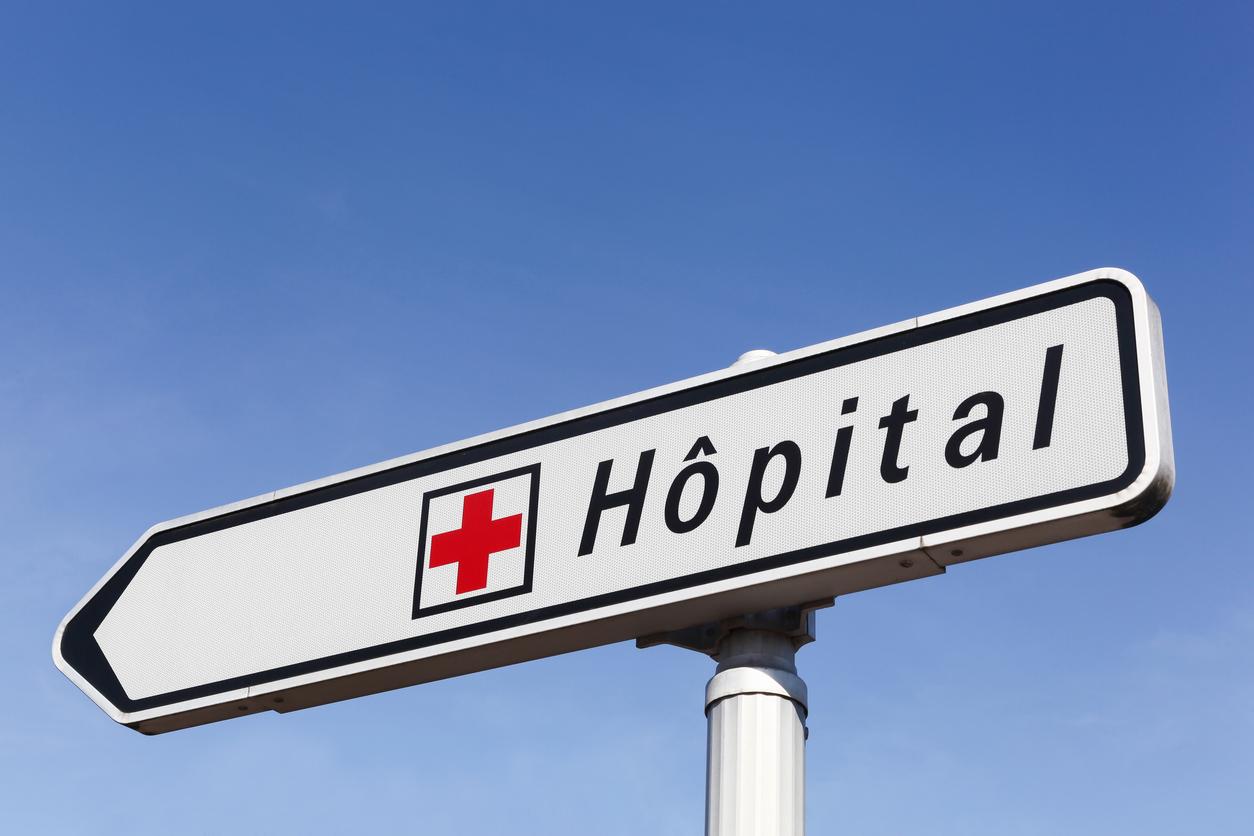In an analysis note, the Standard & Poor’s agency is reassuring on the financial health of the AP-HP but points to the lack of budgetary room for maneuver of the large European University Hospital plan.

Representing 10% of the French public hospital supply alone, the AP-HP – 37 establishments and 91,500 employees – is scrutinized by the rating agencies. On the financial markets, the AP-HP rating is indexed to that of the French State. Hence the recent degradations of the institution: AAA in 2011, AA + in 2012 then AA in 2013 where the debt was reduced by 89 million euros in 2013 to reach 2.26 billion euros.
AP-HP’s borrowing strategy is described as “active and prudent”, and access to the bond market as “excellent”. In its analysis, the Standard & Poor’s agency anticipates “a virtual stability of debt” in 2017 (at around 31% of AP-HP revenues). In view of the position of Public Assistance in the French health landscape, the American agency is rather confident for the future, estimating “that the State would provide the AP-HP almost certainly with extraordinary financial support. , fast and sufficient, in the event of serious financial difficulties ”.
The agency notes, moreover, that the control of the State and the Regional Health Agency of Ile-de-France over the AP-HP has been reinforced in recent years, the State having in particular ‘a right of veto over the main financial decisions of the first CHU in France. Standard & Poor, on the other hand, is much more reserved about the institution’s budgetary leeway.
T2A dependency
A significant portion of AP-HP’s revenue – 38% in 2013 – in fact comes from credits linked to activity-based pricing (“T2A”). Problem: the annual growth of AP-HP’s medical activity has been limited in recent years (from 1 to 2% between 2010 and 2012) and should thus continue between 2014 and 2016 (to 1.7% about).
It is mainly explained by “the effect of reopening of establishments after work”, continues the agency which points to the lack of “budgetary flexibility” of the AP-HP. Assistance does not have strong levers on its revenue, the prices and allocations being fixed (and limited) by the State with a view to budgetary rigor. Another point of concern: the level of salary costs, which represented 62% of the group’s operating expenses in 2013, and which has continued to grow under the effect of the implementation of the 35-hour week. In its strategic plan covering the period 2014-2019, the AP-HP is counting on a significant component of savings estimated at 720 million euros.
.















